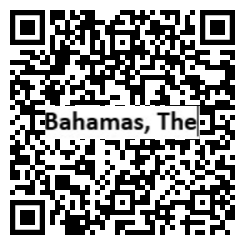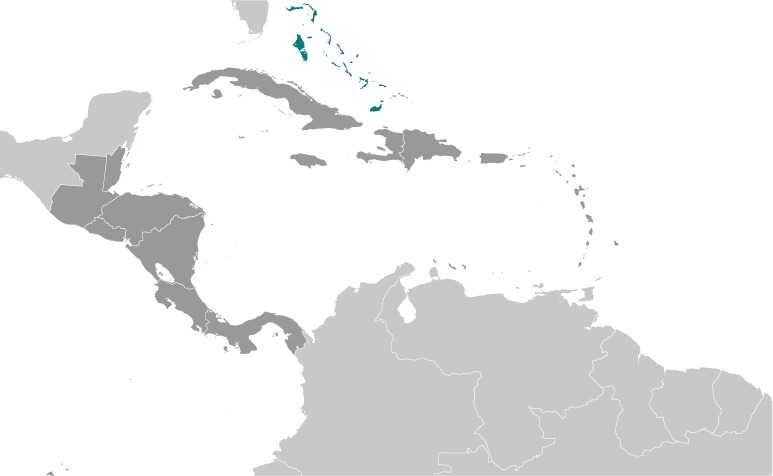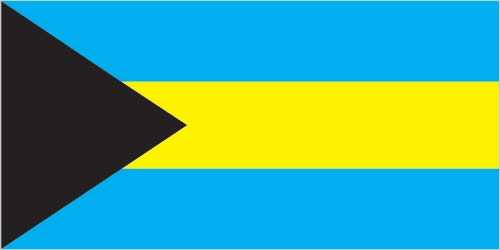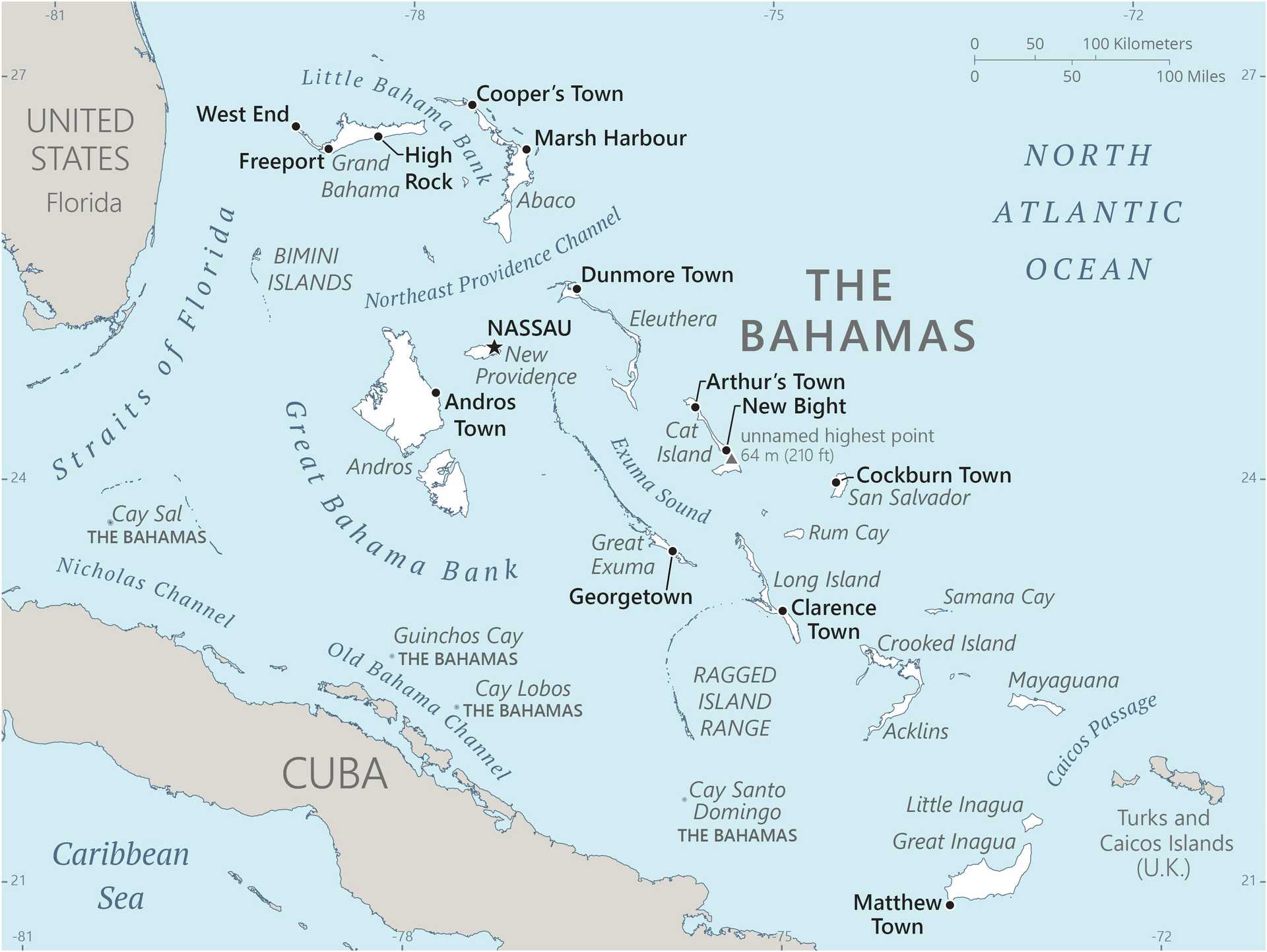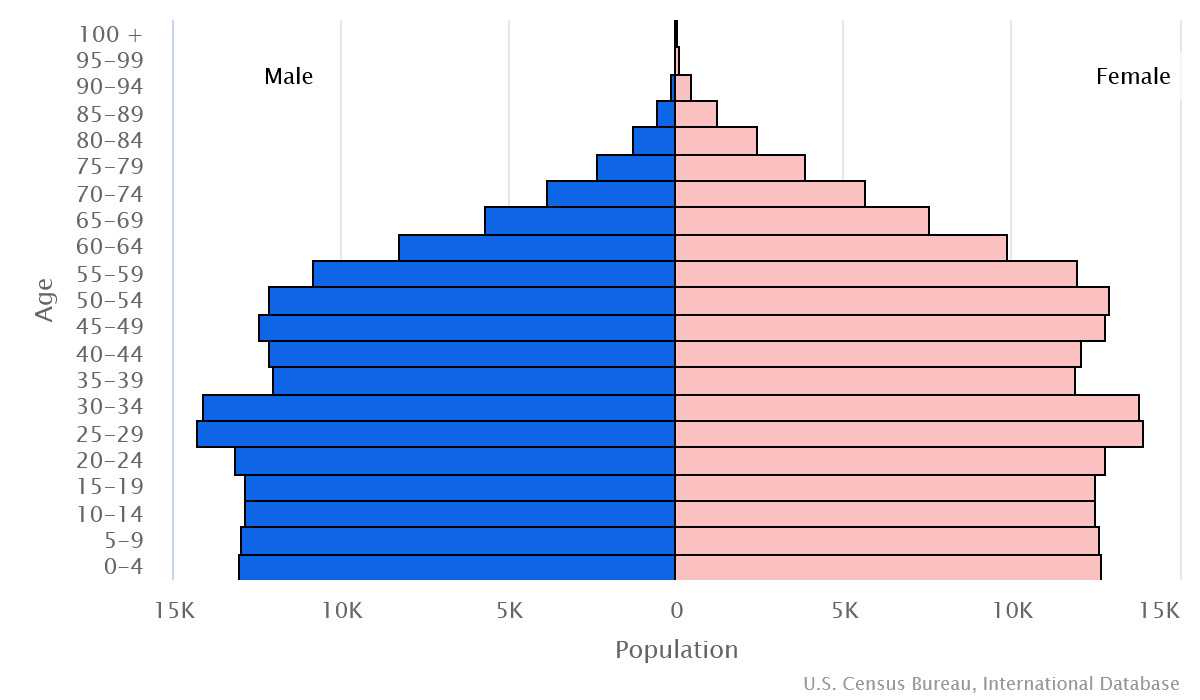Introduction
Background
Lucayan Indians inhabited the islands when Christopher COLUMBUS first set foot in the New World in 1492. British settlement of the islands began in 1647, and they became a colony in 1783. Since gaining independence from the UK in 1973, The Bahamas has prospered through tourism, international banking, and investment management.
Geography
Area
total : 13,880 sq km
land: 10,010 sq km
water: 3,870 sq km
Climate
tropical marine; moderated by warm waters of Gulf Stream
Natural resources
salt, aragonite, timber, arable land
People and Society
Population
total: 410,862
Ethnic groups
African descent 90.6%, White 4.7%, mixed 2.1%, other 1.9%, unspecified 0.7% (2010 est.)
Languages
English (official), Creole (among Haitian immigrants)
Religions
Protestant 69.9% (includes Baptist 34.9%, Anglican 13.7%, Pentecostal 8.9% Seventh Day Adventist 4.4%, Methodist 3.6%, Church of God 1.9%, Plymouth Brethren 1.6%, other Protestant 0.9%), Roman Catholic 12%, other Christian 13% (includes Jehovah's Witness 1.1%), other 0.6%, none 1.9%, unspecified 2.6% (2010 est.)
Population growth rate
1.07% (2024 est.)
Government
Government type
parliamentary democracy under a constitutional monarchy; a Commonwealth realm
Capital
name: Nassau
Executive branch
chief of state: King CHARLES III (since 8 September 2022); represented by Governor-General Cynthia A. PRATT (since 1 September 2023)
head of government: Prime Minister Philip DAVIS (since 17 September 2021)
Legislative branch
description: bicameral Parliament consists of:
Senate (16 seats; members appointed by the governor-general - 9 selected on the advice of the prime minister, 4 on the advice of the leader of the opposition party, and 3 on the advice of the prime minister in consultation with the opposition leader; members serve 5-year terms)
House of Assembly (39 seats statutory, 38 seats current; members directly elected in single-seat constituencies by simple majority vote to serve 5-year terms)
Economy
Economic overview
high-income tourism and financial services economy; major income inequality; strong US bilateral relations; several tax relief programs; targeted investment in agriculture, energy, light manufacturing, and technology industries
Real GDP (purchasing power parity)
$13.224 billion (2023 est.)
$12.884 billion (2022 est.)
$11.63 billion (2021 est.)
Real GDP per capita
$32,000 (2023 est.)
$31,400 (2022 est.)
$28,500 (2021 est.)
Agricultural products
sugarcane, grapefruits, vegetables, bananas, tomatoes, chicken, tropical fruits, oranges, coconuts, mangoes/guavas (2022)
Industries
tourism, banking, oil bunkering, maritime industries, transshipment and logistics, salt, aragonite, pharmaceuticals
Exports
$4.744 billion (2022 est.)
$3.33 billion (2021 est.)
$1.688 billion (2020 est.)
Exports - partners
US 49%, Cote d'Ivoire 20%, Germany 9%, Thailand 7%, Poland 4% (2022)
Exports - commodities
refined petroleum, ships, aluminum, postage stamps/documents, plastics (2022)
Imports
$5.692 billion (2022 est.)
$4.947 billion (2021 est.)
$3.411 billion (2020 est.)
Imports - partners
US 59%, South Korea 6%, Germany 6%, China 5%, Brazil 4% (2022)
Imports - commodities
refined petroleum, ships, cars, crude petroleum, coal tar oil (2022)
Exchange rates
Bahamian dollars (BSD) per US dollar -
Page last updated: Wednesday, July 24, 2024
